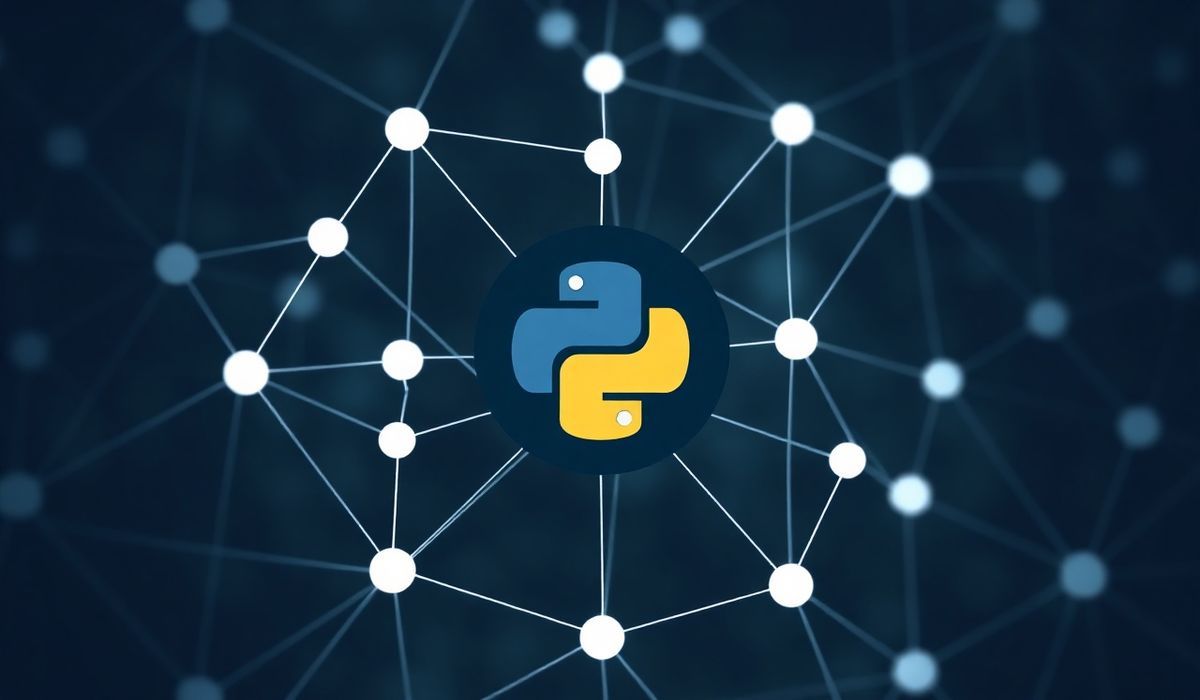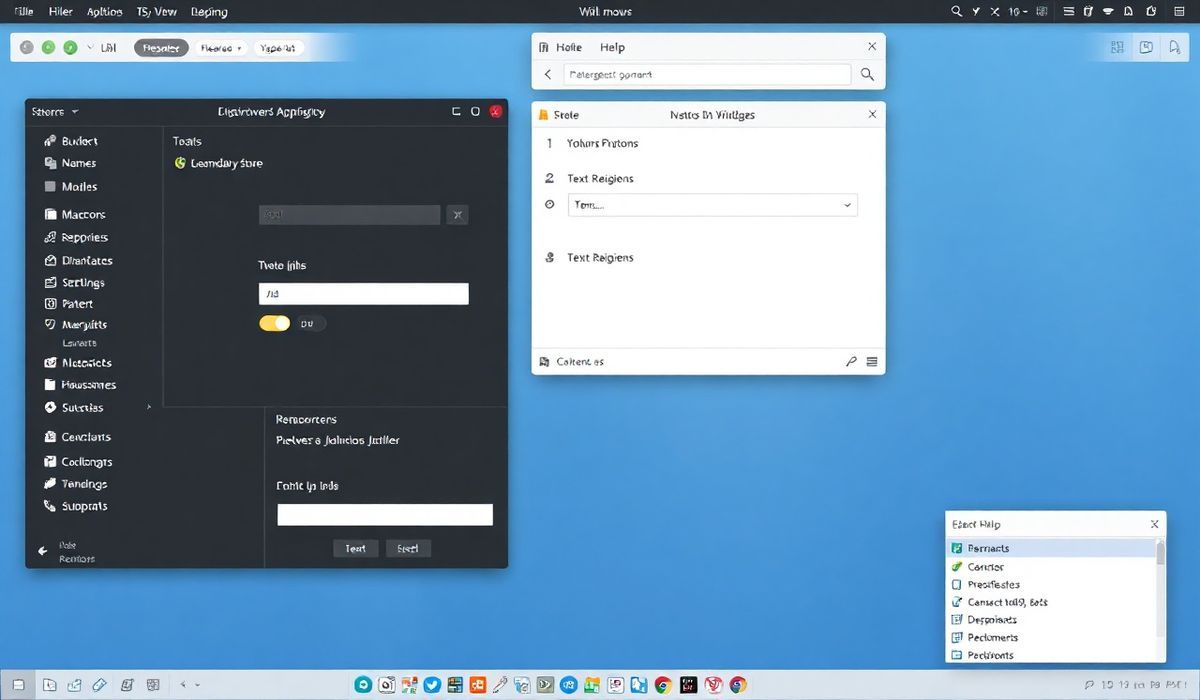A Comprehensive Introduction to Keras and its APIs
1. Introduction to Keras
Keras is a user-friendly and high-level deep learning library written in Python. Built on top of popular machine learning frameworks like TensorFlow, Microsoft Cognitive Toolkit, and Theano (though TensorFlow is most common today), Keras provides a simplified and modular way to build and train deep learning models. It is extensively used in the field of Artificial Intelligence and Machine Learning due to its lean syntax, ease of use, and production-readiness.
Key Features of Keras
- Human-Centered Design: Focused on improving user experience. Developers can write fewer lines of code while creating highly customizable models.
- Built-in Support: Supports a wide range of layers, optimizers, loss functions, and preprocessing utilities.
- Compatibility: Keras is compatible with TensorFlow and runs seamlessly on CPUs, GPUs, or TPUs.
- Scalability: Designed for both research prototypes and production-level systems.
- Extensibility: Easily incorporates custom layers, metrics, and functionalities.
Why Keras?
Its minimalistic yet highly extensible design enables beginners and advanced practitioners to prototype models quickly while still allowing low-level customization. Whether you’re building neural networks from scratch or fine-tuning pre-trained models, Keras streamlines the entire workflow.
2. 20+ Useful Keras API Explanations with Code Snippets
Here’s a collection of Keras APIs that are widely used in machine learning and deep learning projects, categorized based on their functionality.
2.1 Core Building Blocks (Layers)
1. Dense Layer
The Dense layer is a fully connected layer, often used in Feedforward Neural Networks.
from tensorflow.keras.layers import Dense dense_layer = Dense(units=64, activation='relu')
2. Conv2D
The Conv2D layer is used for 2D convolution (mainly in image data).
from tensorflow.keras.layers import Conv2D conv_layer = Conv2D(filters=32, kernel_size=(3, 3), activation='relu')
3. MaxPooling2D
The MaxPooling2D layer reduces spatial dimensions by taking the maximum value in a pooling region.
from tensorflow.keras.layers import MaxPooling2D pool_layer = MaxPooling2D(pool_size=(2, 2))
4. Flatten
The Flatten layer reshapes multi-dimensional data into a single dimension, often used before Dense layers in CNNs.
from tensorflow.keras.layers import Flatten flatten_layer = Flatten()
5. Dropout
The Dropout layer is used for regularization to prevent overfitting by dropping random neurons during training.
from tensorflow.keras.layers import Dropout dropout_layer = Dropout(rate=0.5)
2.2 Input Processing
6. Input Layer
This defines the shape of the input data that will flow into the model.
from tensorflow.keras.layers import Input input_layer = Input(shape=(64,))
2.3 Optimizers
7. SGD (Stochastic Gradient Descent)
SGD is a simple optimizer widely used for deep learning training.
from tensorflow.keras.optimizers import SGD optimizer = SGD(learning_rate=0.01, momentum=0.9)
8. Adam Optimizer
Adam is an adaptive learning-rate optimizer commonly used in modern Deep Learning models.
from tensorflow.keras.optimizers import Adam optimizer = Adam(learning_rate=0.001)
2.4 Loss Functions
9. Mean Squared Error (MSE)
This loss is commonly used for regression tasks.
from tensorflow.keras.losses import MeanSquaredError loss_fn = MeanSquaredError()
10. Sparse Categorical Crossentropy
This loss is typically used for classification problems with integer labels.
from tensorflow.keras.losses import SparseCategoricalCrossentropy loss_fn = SparseCategoricalCrossentropy()
2.5 Model Creation and Compilation
11. Sequential Model
Combines layers into a simple stack where each layer has one input and one output.
from tensorflow.keras.models import Sequential
model = Sequential([
Dense(64, activation='relu', input_shape=(100,)),
Dense(10, activation='softmax')
])
12. Functional API
Allows more complex model designs, such as multi-input or multi-output models.
from tensorflow.keras.models import Model from tensorflow.keras.layers import Input, Dense input_tensor = Input(shape=(100,)) hidden = Dense(64, activation='relu')(input_tensor) output_tensor = Dense(10, activation='softmax')(hidden) model = Model(inputs=input_tensor, outputs=output_tensor)
13. Model Compilation
After defining a model, you need to compile it by specifying an optimizer, loss function, and metrics.
model.compile(optimizer='adam', loss='sparse_categorical_crossentropy', metrics=['accuracy'])
2.6 Training and Evaluation
14. Model Training (fit)
The fit method is used to train a model on the given dataset.
history = model.fit(x_train, y_train, epochs=10, batch_size=32, validation_split=0.2)
15. Model Evaluation (evaluate)
Assess the model’s performance using a separate dataset.
loss, accuracy = model.evaluate(x_test, y_test, batch_size=32)
16. Model Prediction (predict)
Use the trained model to predict outputs for new inputs.
predictions = model.predict(x_new)
2.7 Saving and Loading Models
17. Save Model
Save the entire model, architecture, and weights using .save.
model.save('my_model.h5')
18. Load Model
Load the saved model for inference or further training.
from tensorflow.keras.models import load_model
model = load_model('my_model.h5')
2.8 Preprocessing
19. StandardScaler Preprocessor
Standardize datasets for better training convergence.
from sklearn.preprocessing import StandardScaler scaler = StandardScaler() x_train_scaled = scaler.fit_transform(x_train)
20. ImageDataGenerator
Generate augmented image datasets for improved model generalization.
from tensorflow.keras.preprocessing.image import ImageDataGenerator datagen = ImageDataGenerator(rotation_range=30, zoom_range=0.2) datagen.fit(x_train)
2.9 Callbacks
21. EarlyStopping
Stop training when a monitored metric stops improving.
from tensorflow.keras.callbacks import EarlyStopping early_stopping = EarlyStopping(monitor='val_loss', patience=3)
22. ModelCheckpoint
Save the model after every epoch if a specified metric improves.
from tensorflow.keras.callbacks import ModelCheckpoint
checkpoint = ModelCheckpoint('best_model.h5', save_best_only=True)
23. TensorBoard Visualization
Log training progress for visualization using TensorBoard.
from tensorflow.keras.callbacks import TensorBoard tensorboard = TensorBoard(log_dir='./logs')
3. A Generic Deep Learning Application Example
We’ll create a simple image classification model using TensorFlow Keras.
Dataset: MNIST Handwritten Digits
Here’s how you can build, train, and test the model.
import tensorflow as tf
from tensorflow.keras.datasets import mnist
from tensorflow.keras.models import Sequential
from tensorflow.keras.layers import Dense, Flatten
from tensorflow.keras.utils import to_categorical
# Step 1: Load and preprocess the data
(x_train, y_train), (x_test, y_test) = mnist.load_data()
x_train, x_test = x_train / 255.0, x_test / 255.0 # Normalize data
y_train, y_test = to_categorical(y_train), to_categorical(y_test) # One-hot encoding
# Step 2: Build the model
model = Sequential([
Flatten(input_shape=(28, 28)),
Dense(128, activation='relu'),
Dropout(0.2),
Dense(10, activation='softmax')
])
# Step 3: Compile the model
model.compile(optimizer='adam', loss='categorical_crossentropy', metrics=['accuracy'])
# Step 4: Train the model
model.fit(x_train, y_train, epochs=5, batch_size=32, validation_split=0.2)
# Step 5: Evaluate the model
test_loss, test_acc = model.evaluate(x_test, y_test)
print(f"Test Accuracy: {test_acc:.2f}")
# Step 6: Save the model
model.save('mnist_model.h5')
Conclusion
Keras is a highly versatile framework for building and deploying deep learning models. With its wide range of APIs, you can tackle projects of almost any complexity. From research to production-grade systems, Keras simplifies the process and helps developers stay productive while focusing on innovation. Whether you’re a newcomer to machine learning or an experienced data scientist, Keras lets you focus on the task at hand: solving real-world problems.




